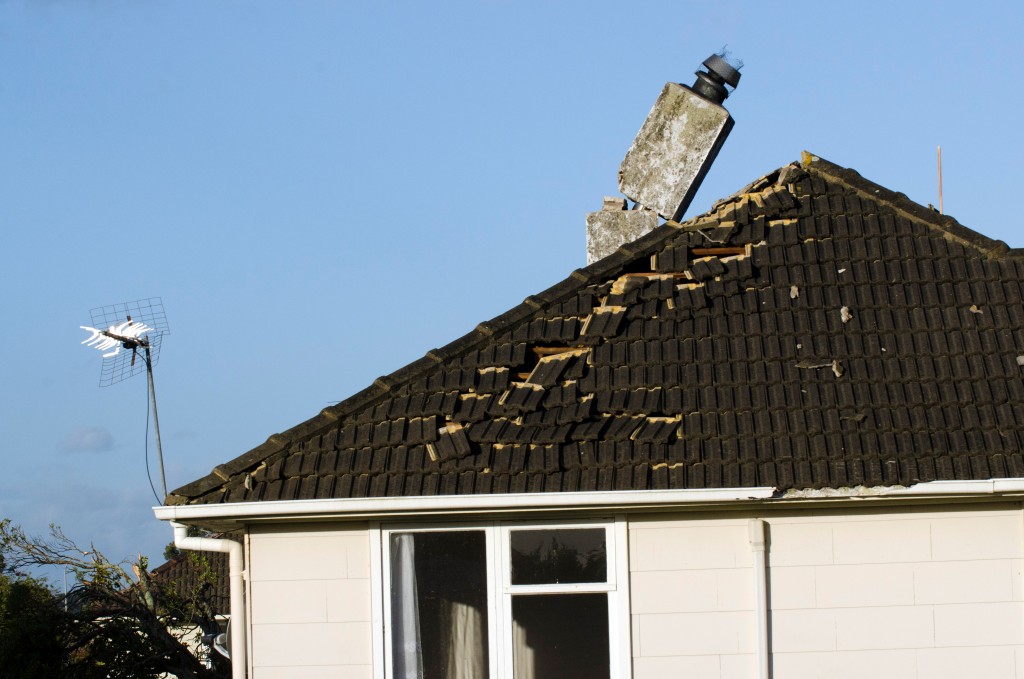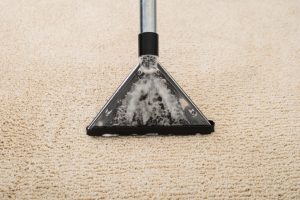The main purpose of a home is to provide you with shelter. With the many external threats that could happen, you will need to make sure that your property is secure. Storms are some of the most harmful threats to your property. If your house has suffered a heavy downpour, typhoon, or hurricane, you must check if the structure is still capable of protecting you. Here are some of the things you need to monitor and repair in your property after a storm.
Roof Damage
The roof is one of the house’s most protective features—thus, it must be durable and intact, all-year round. In a raging storm, the roof protects your house and its occupants from flooding inside. You might not notice any damage if the rain is light. However, the game changes in heavy rainfall, or when ferocious winds send objects flying all over the place. Branches, trees, and other materials can land on top of your roof, causing damage to your home’s crowning glory. If you notice that there are leaks inside your house, you should assume that the roof has suffered damage. After the storm, you should check your roof for maintenance. You will likely require the help of professionals to remove debris—plus, take note that inspecting the roof yourself may not be your safety option. You should consider finding a company that provides roof repair for your Utah property.
Broken Windows
The storm can attack your home from all angles. Fortunately, most homes can sustain damage because of heavy-duty walls. However, there are plenty of entry points that are fragile enough to let the wind, rain, and foreign objects inside your house. Glass windows, for instance, are a potential risk factor in inclement weather. The shattered glass will also be another threat to the people inside the house. Check your windows as soon as you hear of a strong weather disturbance coming your way. Check for cracks and leaks in the glass and the surrounding window panes. You can seal the leaky areas and gaps with weather stripping and duct tape, until you can have a service company come in for repairs or replacement. Board up your windows, if you must, before the storm hits.
Gutter Clogs

The gutter plays an important role in managing a storm for your home’s protection. As an integral part of the drainage system, gutters are essential to your roof’s safety—and ultimately, to the overall protection of your property. Debris in the gutter could cause clogging, leading to flooding in your property, pooling on your roof, and possible leaking of rainwater in your home. If you want to protect your gutters, you should make sure that they are free from debris ahead of a storm. You can anticipate rain by listening to weather forecasts on the news. You should always perform maintenance checks on the gutter after every storm, as well.
Flooding Damage
Water is a valuable resource. However, too much rainwater will cause damage to you property. You will find that your property’s soil, home sidings, and foundation can suffer during storms. You should drain floodwaters as soon as possible after the calamity to avoid water damage to your home’s structural foundation. You must also check for water pools to prevent insects from using them as breeding grounds.
Your house will likely survive a storm if you take the proper precautionary measures. However, you will need to make sure that you are always ready for and one step ahead of the next big one.






